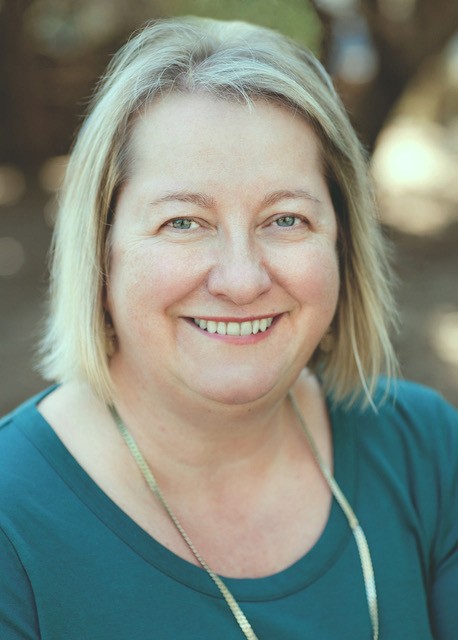University of Arizona Regents Professor Diana Liverman was elected to the National Academy of Sciences and the American Academy of Arts and Sciences.
“It is a great honor to be elected to the National Academy of Sciences and American Academy of Arts and Sciences and it not something I expected,” Liverman said in an email.
Both academies have publications which are the outcomes of studies done by panels of experts on various topics; The AAAS was founded in 1780, while the NAS was founded under the administration of Abraham Lincoln in 1863.
“In both academies there are two different things that happen as a result of being elected,” said John Hildebrand, a UA Regents professor. “For most people they take it just as an honor, but both academies are what we consider working academies.”
RELATED: Q&A with Lori Wiest, new director of the UA Fred Fox School of Music
Since they are working academies, members do a lot of projects that require the participation of volunteer experts. The members of the two academies are the most important volunteer experts for populating those studies.
“Publications can range from topics like what is the effect of cellphones on brain cancer, or what’s the future outlook for water resources in the southwest,” Hildebrand said.
There are only about a dozen members of AAAS and eight members of the NAS at the UA.
“Although the AAAS does have many members from the social sciences the National Academy has relatively few social scientists so that is a big deal for me (geographers are trained in both natural and social sciences and most of my recent research has been in social science),” Liverman said in an email.
Liverman said there are not many geographers in either academy; there are about 20 in each. AAAS has almost 6000 living members and NAS has about 3000.
“I am proud to be elected as a geographer, and similarly although the proportion of women has grown (there were only 3% women members of NAS in the 1980s) there is still an under-representation of women,” Liverman said in an email.
The process to get elected in each academy is not well known, except that you are elected by the current membership of each academy.
“The NAS states: Because membership is achieved by election, there is no membership application process,” Liverman said in an email. Although many names are suggested informally, only academy members may submit formal nominations.
RELATED: Dr. Christian Bime: Fighting the pandemic one patient at a time
According to Liverman, consideration of a candidate in NAS begins with an individual’s nomination followed by an extensive and careful vetting process that results in a final ballot at the Academy’s annual meeting in April each year. Currently, a maximum of 120 members may be elected annually. Members must be U.S. citizens. Non-U.S. citizens are elected as international members, with a maximum of 30 elected annually. AAAS election process consists of a call for nominations, the preliminary evaluation ballot, the appraisal list and lastly the election.
Liverman’s research focus is on understanding the human dimensions of global environmental change.
“I am interested in the social causes, consequences and responses to climate change — who is responsible for greenhouse gas emissions, who is affected by climate change, and what we are doing in terms of policy to reduce the risks of climate change,” Liverman said in an email.
She is best known for work on climate vulnerability. Her work covers why some people are more affected by drought, heatwaves and other aspects of climate change than others, especially the poor and women.
Liverman said she is currently looking at connections between responding to climate change and achieving the sustainable development goals.
Follow Jillian Bartsch on Twitter









